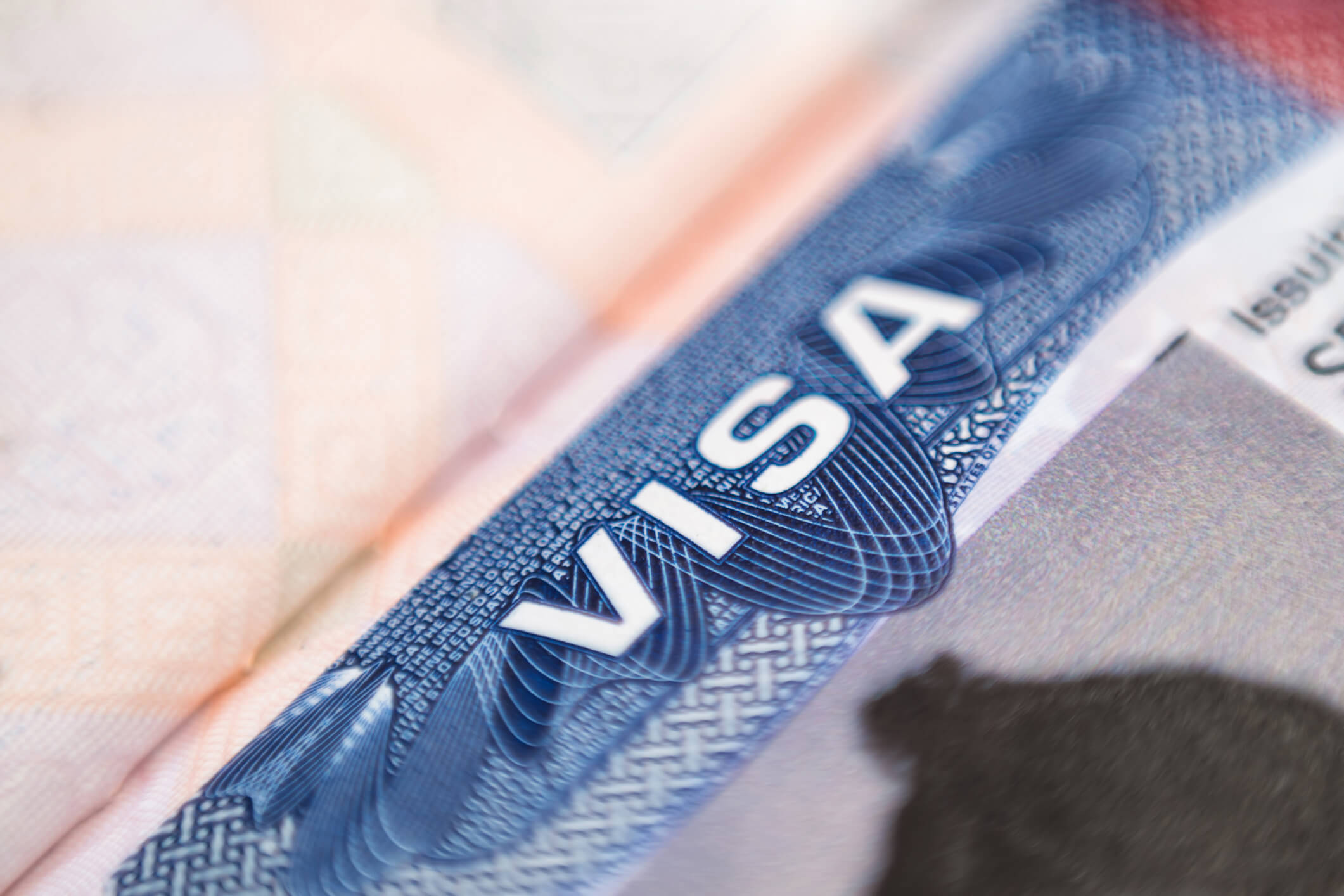Quick Hits
- On November 3, 2025, the U.S. Department of Homeland Security proposed a rule to expand the collection and use of biometrics, including fingerprints, facial imagery, and DNA, for immigration purposes, affecting a broader range of individuals associated with immigration benefit requests.
- The proposed DHS rule aims to enhance identity verification, national security, and public safety by removing age restrictions, expanding biometrics collection to include various modalities, and implementing continuous vetting for individuals throughout their stay in the United States.
- The comment period on the proposed rule closes on January 2, 2026.
Background
When adjudicating certain immigration benefit requests and enforcement actions, DHS has the authority to collect biometrics, primarily involving fingerprints, photographs, and signatures. These biometrics are used for identity verification, conducting background checks, and producing secure identity documents, with age restrictions in place and discretionary collection for other cases.
DHS seeks to amend the regulations governing the use and submission of biometrics in the administration and enforcement of immigration and naturalization laws. The proposed changes aim to expand the collection and use of biometrics to include a wider range of individuals and situations, purportedly to enhance identity verification, national security, and public safety. Proposed changes include the following:
Removal of Age Restrictions
The proposed rule would remove age restrictions for biometrics collection, allowing DHS to collect biometrics from individuals of any age, with the stated intent of identifying and protecting children from trafficking and exploitation.
Expanded Biometrics Collections
DHS would collect biometrics from applicants, petitioners, beneficiaries, and individuals “associated with” immigration benefit requests, including U.S. citizens, nationals, and lawful permanent residents, regardless of age. “Associated” is defined as “a person with substantial involvement or participation in the immigration benefit request, other request, or collection of information, such as a named derivative, beneficiary, petitioner’s signatory, sponsor, or co-applicant.”
Expanded Biometric Modalities
The definition of biometrics would be expanded to include facial imagery, fingerprints, palm prints, signatures, ocular imagery, voice prints, and DNA.
DNA Collection
DHS would be authorized to require, request, or accept DNA or DNA test results to prove genetic relationships or biological sex, with the intent of determining eligibility for benefits and combating fraudulent family claims.
Continuous Vetting
DHS plans to implement continuous immigration vetting, requiring individuals to submit biometrics throughout their stays in the United States until they obtain citizenship.
Impact for Employers
According to the proposed rule, signatories for employers that serve as sponsors/petitioners may potentially be subject to biometrics requirements. This would mark a departure from current practice, where only foreign nationals seeking benefits typically provide biometrics.
If the proposed rule is finalized substantially as is, the expanded scope of biometrics collection could lead to additional appointments and increased processing times for petitioners and beneficiaries, potentially delaying certain benefit adjudications.
Conclusion
While the proposed DHS rule represents a potentially significant expansion of biometric collection and use, marking a notable shift in immigration enforcement and administration, it is neither final nor in effect. Public comments are invited until January 2, 2026, after which DHS will review and analyze the feedback and may revise the proposed rule before issuing a final version.
Ogletree Deakins’ Immigration Practice Group will monitor developments and will provide updates on the Immigration blog as additional information becomes available.
Follow and Subscribe
LinkedIn | Instagram | Webinars | Podcasts







